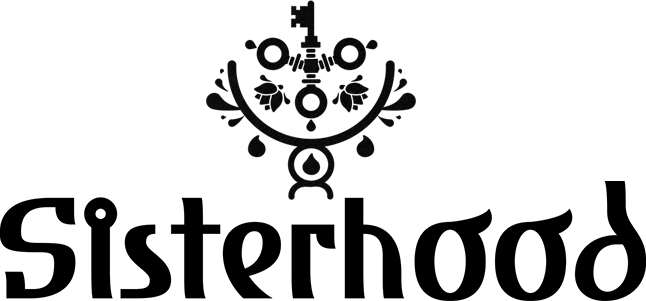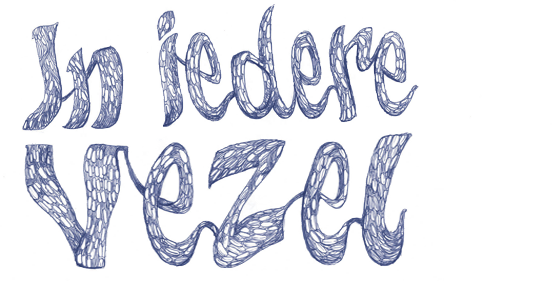

Cultural stories often carry weight, complexity, or controversy — which makes them both important and challenging to share. Whether it’s a museum exhibit, a historical foundation project, or an art initiative, organizations need ways to reach diverse audiences and make people feel connected to the past, present, or future.
Use animations!
With movement, symbolism, and visual storytelling, we can make abstract themes tangible, historical figures relatable, or entire eras come alive again. Animation lowers the threshold for engagement, sparks curiosity, and invites people to reflect without dictating what they should think.

It grabs attention
A wall of text rarely captures imagination, and traditional formats can sometimes feel distant or inaccessible.
It simplifies complexity
With movement, symbolism, and visual storytelling, we can make abstract themes tangible, historical figures relatable, or entire eras come alive again.
It's reusable
Use it in classrooms, on websites, in presentations, or at conferences. One animation can serve multiple communication needs.


Dubbelwit is a short animated documentary that re-examines the legacy of VOC captain Witte de With, inviting viewers to reflect on who we choose to commemorate in public space.

What is Dubbelwit?
Dubbelwit is a short animated documentary commissioned by Letterhaven. It examines the legacy of VOC captain Witte de With, whose burial monument stands in Rotterdam’s Sint Laurenskerk. The film asks: who do we choose to commemorate, and why?
What challenge was the organization facing?
Witte de With is celebrated in marble as a naval hero, yet much of his legacy is tied to colonization, slavery, and bloodshed. The challenge was to use art as a tool to retell his story in a way that acknowledges these costs, reframing his place in history for today’s audiences.
How the animation helped tackle this challenge
Animation allowed us to combine historic paintings, archival material, and contemporary artworks into a seamless narrative. The film moves from a fast-paced history lesson into a more reflective, poetic exploration where three modern artists question, critique, and even condemn the statue. By blending the factual with the artistic, animation gave space for both historical context and modern reflection.
About the production
Studio Eye Pie led the scenario, storyboard, animation, illustration, editing, and voice-over, in collaboration with Dido Drachman (scenario, VO, art), Charmaine de Heij (art), and Sai Rodrigues (art). Though fully hand-animated, AI was used experimentally to bring static historic portraits to life.

Sisterhood is a narrative adventure game that turns the biographies of remarkable women into playable experiences, blending historical accuracy with the emotional power of animation.

What is Sisterhood?
Sisterhood is a narrative adventure game that turns the biographies of remarkable women into playable experiences. Instead of rewriting history through player choice, the game invites players to step into their lives, relive their struggles and triumphs, and walk away with a story that feels like they’ve lived the biography themselves. The first chapter follows Alexandra David-Néel, who in 1924, at the age of 55, secretly crossed into Tibet with her adopted son Yongden and reached the forbidden city of Lhasa.
What challenge was the organization facing?
History is full of extraordinary women, yet their stories are often underrepresented or forgotten. Traditional media like books or documentaries can tell their stories, but how can you make audiences feel them in a deeper way? For Sisterhood, the challenge was to build a game that respected the truth of these women’s lives while offering players an immersive, interactive way to connect with history. It needed to balance player engagement with historical accuracy, making sure the story wasn’t altered by fictional choices.
How animation helped tackle this challenge
Animation became the bridge between fact and immersion. By creating a world that looks like an animated picture book, with brush strokes, watercolor textures, and hand-drawn details rooted in research, the game feels both tactile and authentic. Historical evidence — photographs, letters, and recordings — are integrated directly into the gameplay, anchoring the narrative in reality. Animation then breathes life into those moments, giving personality and emotional weight to each scene. This combination makes Sisterhood not only a game but also a cultural and educational tool: a way to relive history from a perspective too often missing.
About the production
The playable demo was developed in collaboration with Studio Brain Muffin, with Studio Eye Pie responsible for visual design, audio, music and animation. The demo is now being used to pitch the project to publishers, and early responses highlight its unique approach: making a biography not just something you read or watch, but something you play.

A short animation that helped an academic research team better explain what young girls and their

What is In iedere vezel?
In iedere vezel is a poetry-driven graphic novel created by writer Christian Jongeneel and artist Gwen Stok, exploring themes of cultural identity and the search for roots in Indonesian heritage. To make the book possible, the makers turned to crowdfunding, supported by a short campaign video that combined interviews and animation to capture the spirit of the work.
What challenge was the organization facing?
Publishing an illustrated book is costly, and without initial funding the project could not move forward. The challenge was to create a campaign video that not only explained the project clearly but also conveyed its artistic and emotional depth. It needed to resonate with potential backers interested in poetry, graphic novels, and cultural identity, inspiring them to contribute to the crowdfunding.
How animation helped tackle this challenge
Animation made it possible to bring fragments of the book’s artwork to life and immerse viewers in its atmosphere. Combined with filmed interviews of the creators, the video flowed like a collage — interweaving gamelan-inspired music, mist-like overlays, and glimpses of drawings. This approach mirrored the fragmented and poetic way the book itself tells its story, giving potential backers a taste of both the theme and the artistic quality they would be supporting.
About the production
Studio Eye Pie worked closely with the authors on the structure of the campaign and video, then handled filming on location, animation, and editing. The final piece, running 1 minute 44 seconds, was shared via social media, YouTube, and the crowdfunding platform Voordekunst. The campaign successfully reached its target, covering the production costs for the book. For Studio Eye Pie, it was the first time helping fellow artists secure funding through a crowdfunding campaign — a rewarding experience that showed how animation and storytelling can directly support the realization of new cultural projects.
At Studio Eye Pie, we collaborate closely with curators, historians, and cultural partners to turn research and archives into experiences that resonate. Whether it’s a short animated documentary, an interactive installation, or digital content for exhibitions and campaigns, we help cultural organizations tell their stories in ways that are clear, playful, and memorable.

Translate complex ideas into stories

Collaborate in a way that supports your process

Create visuals that resonate with the target audience
We don’t just deliver animations. We help you shape your message.
Whether you’re a museum, historical foundation, art initiative or artist, we’d love to help you reach your audience with clarity and heart. Send us a message and let’s explore what animation can do for your project!
paul@eyepie.studio